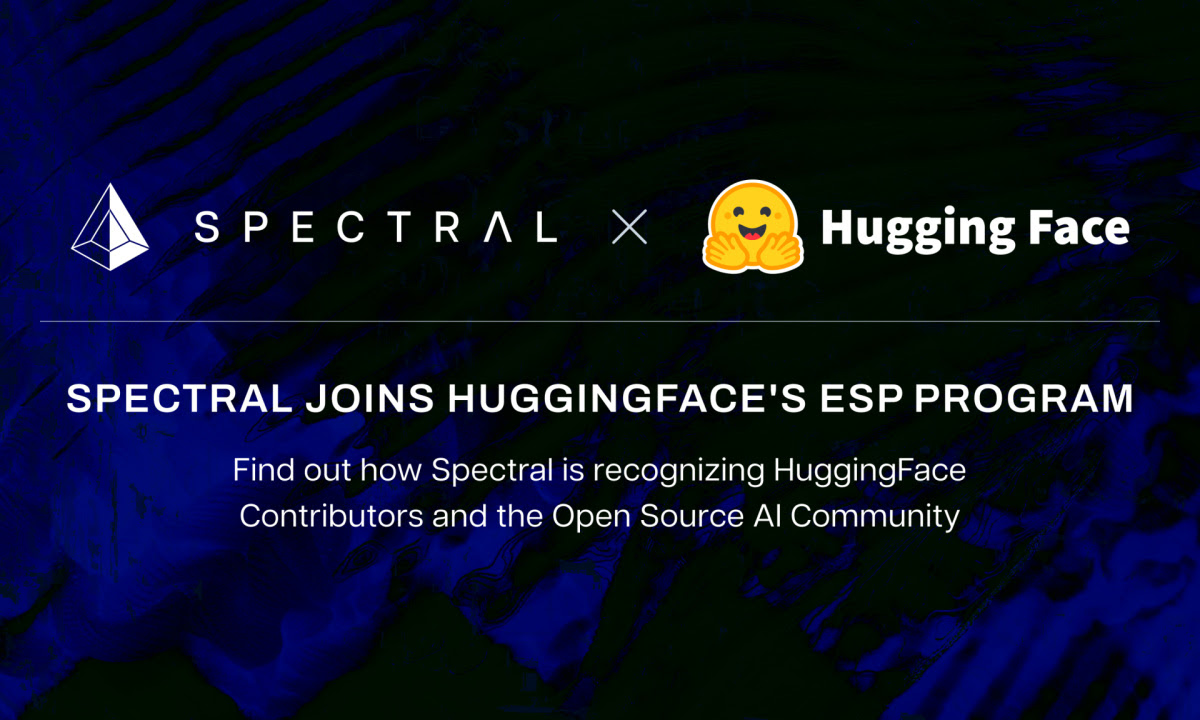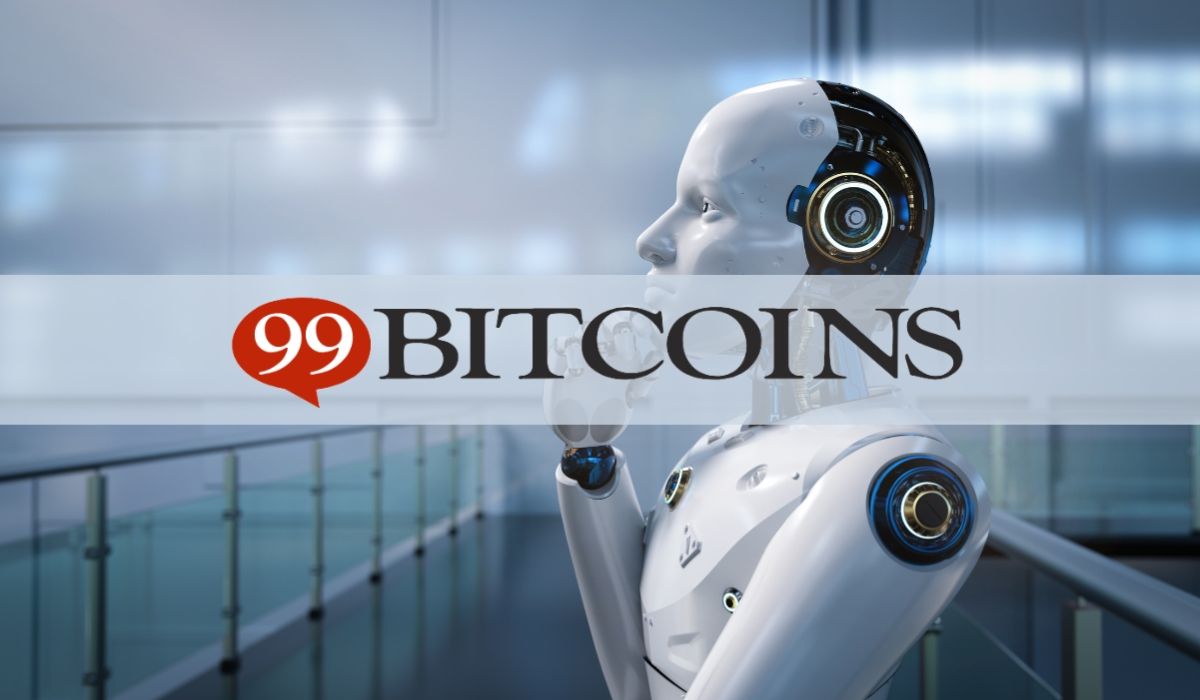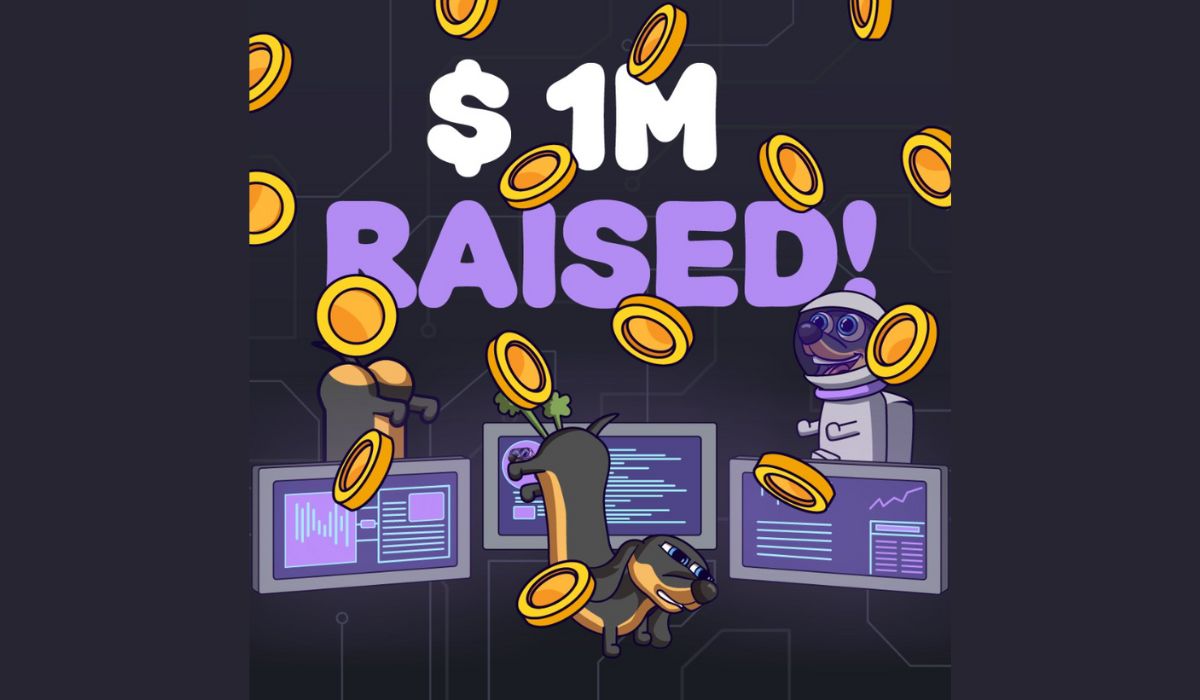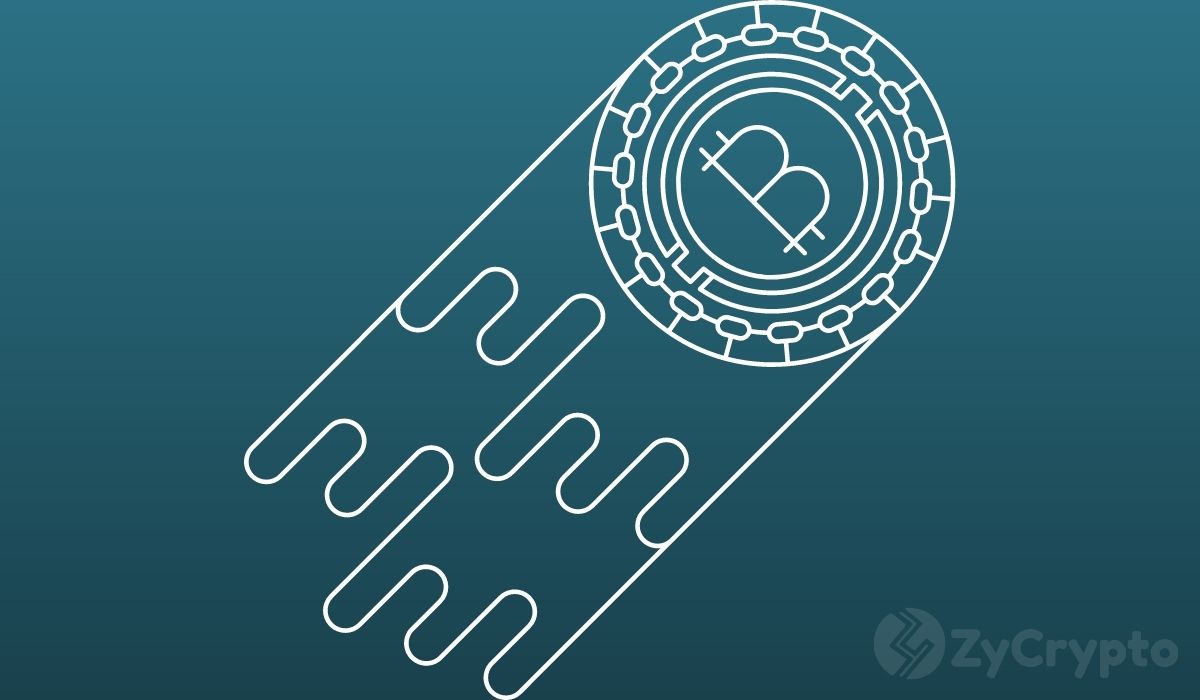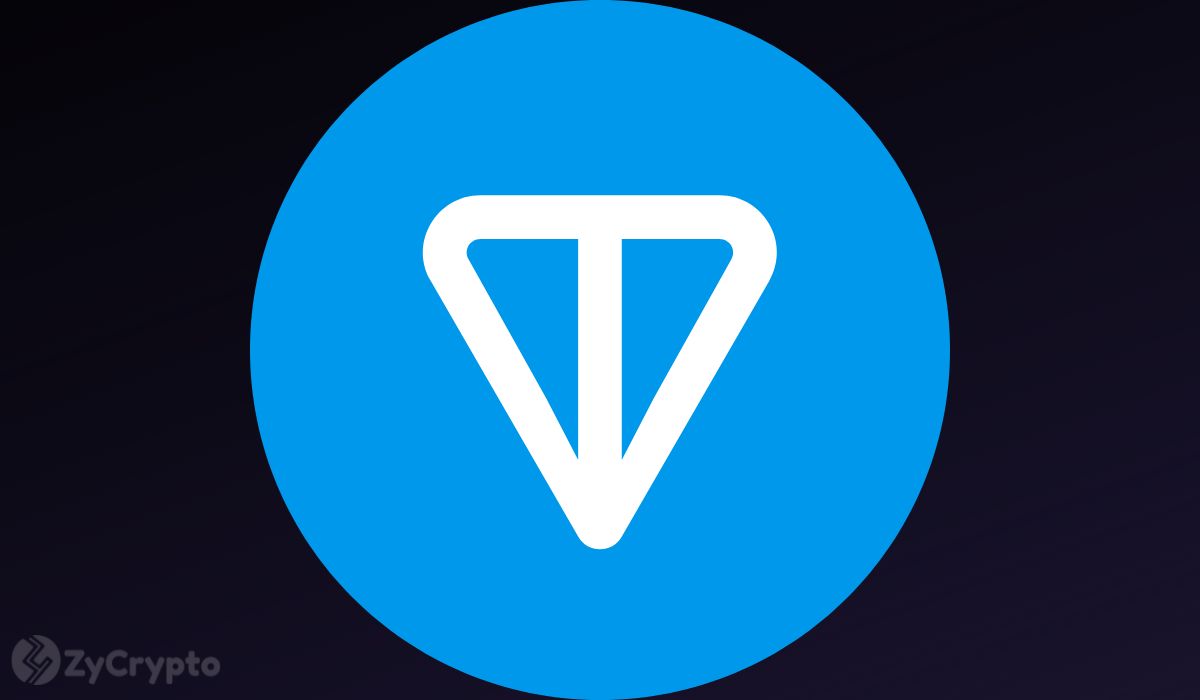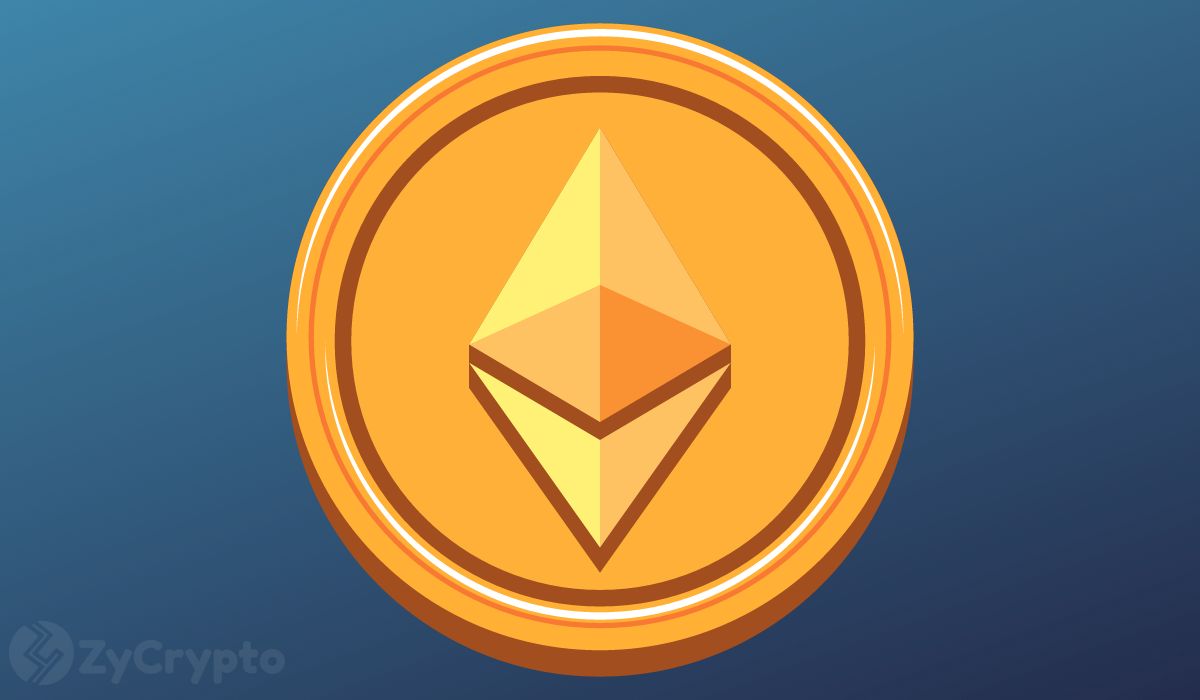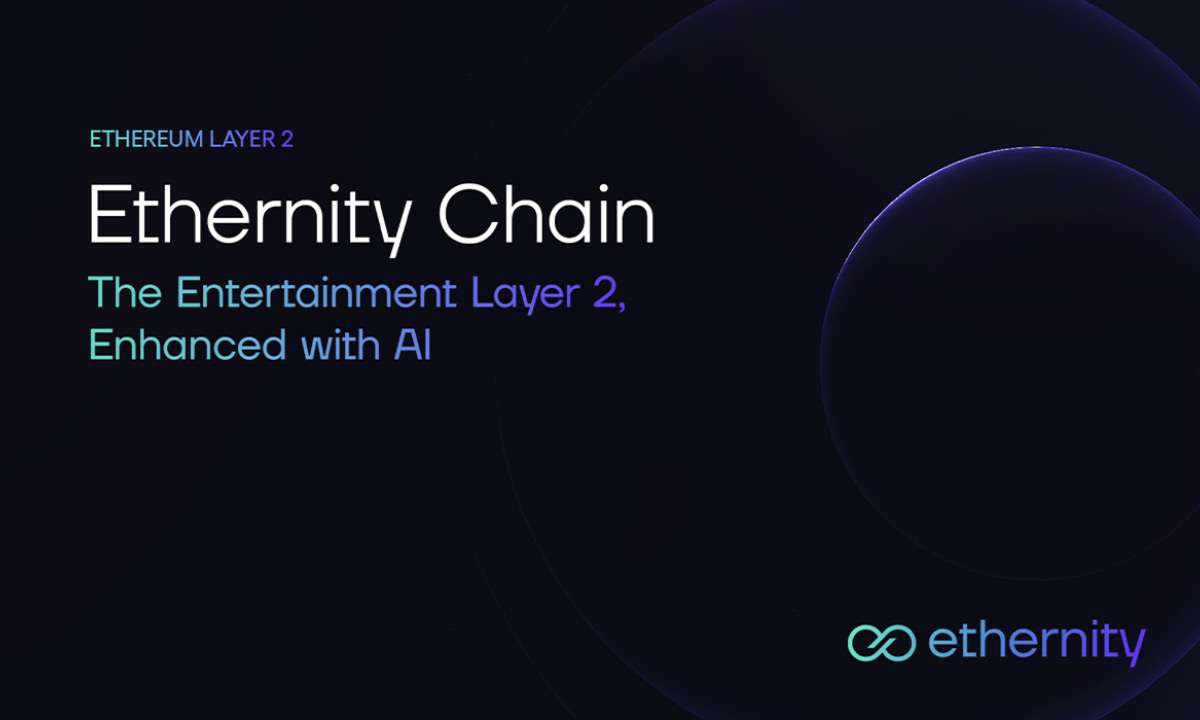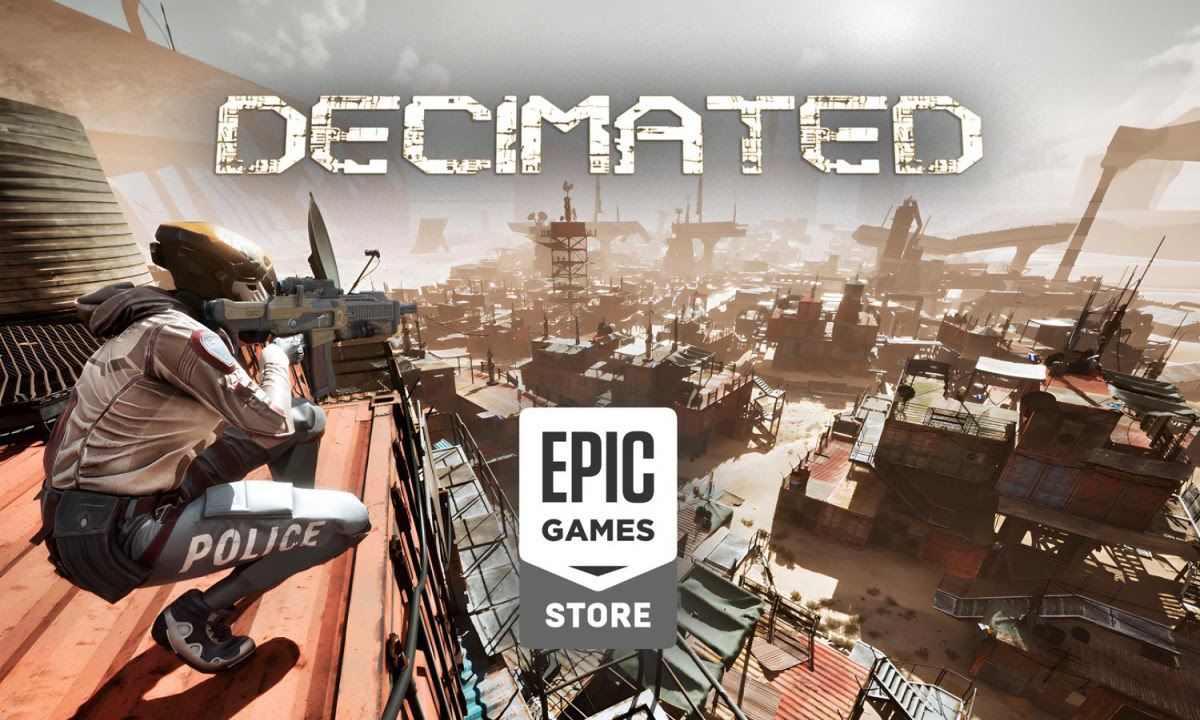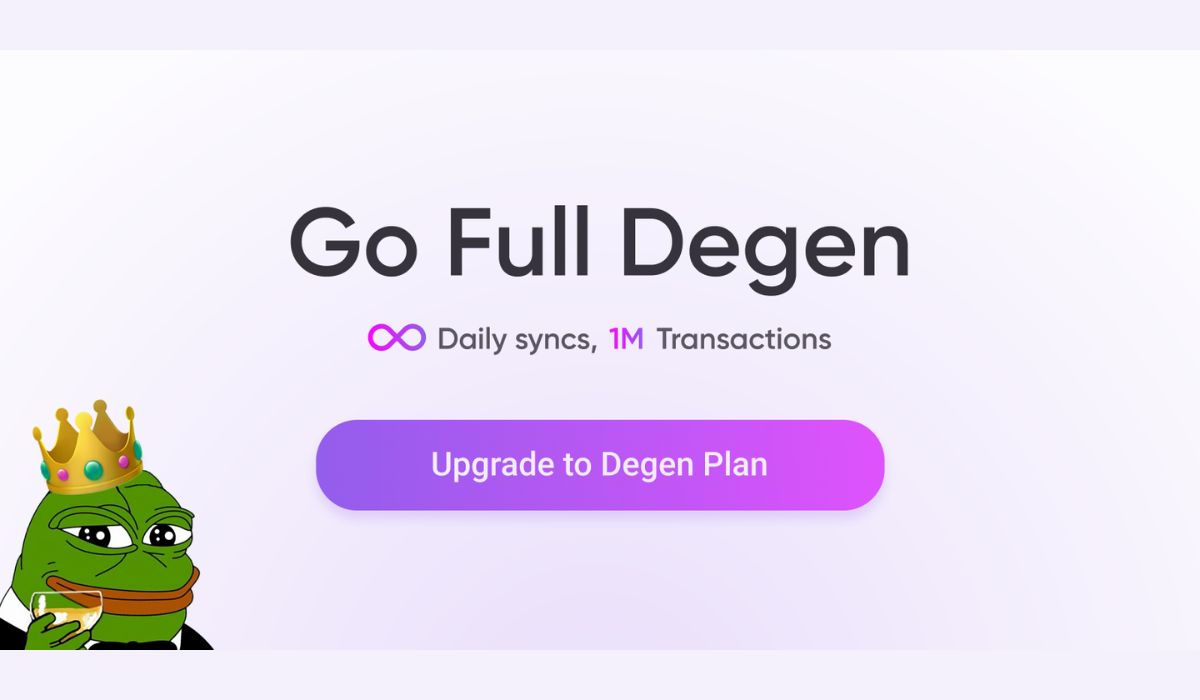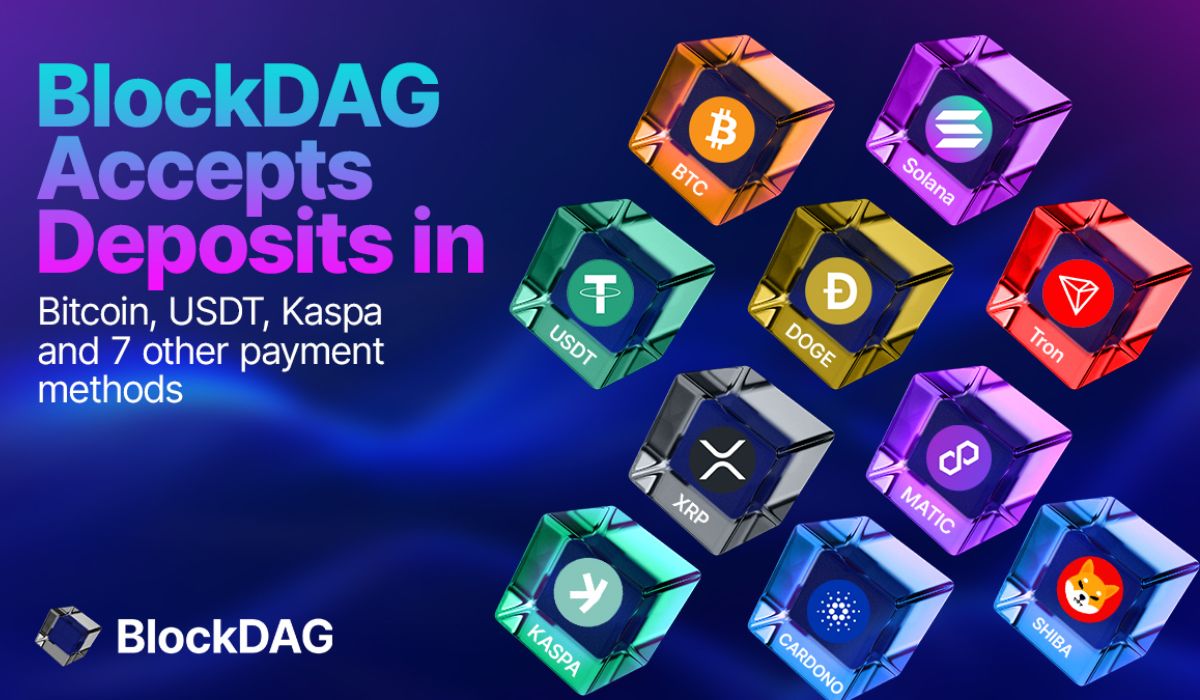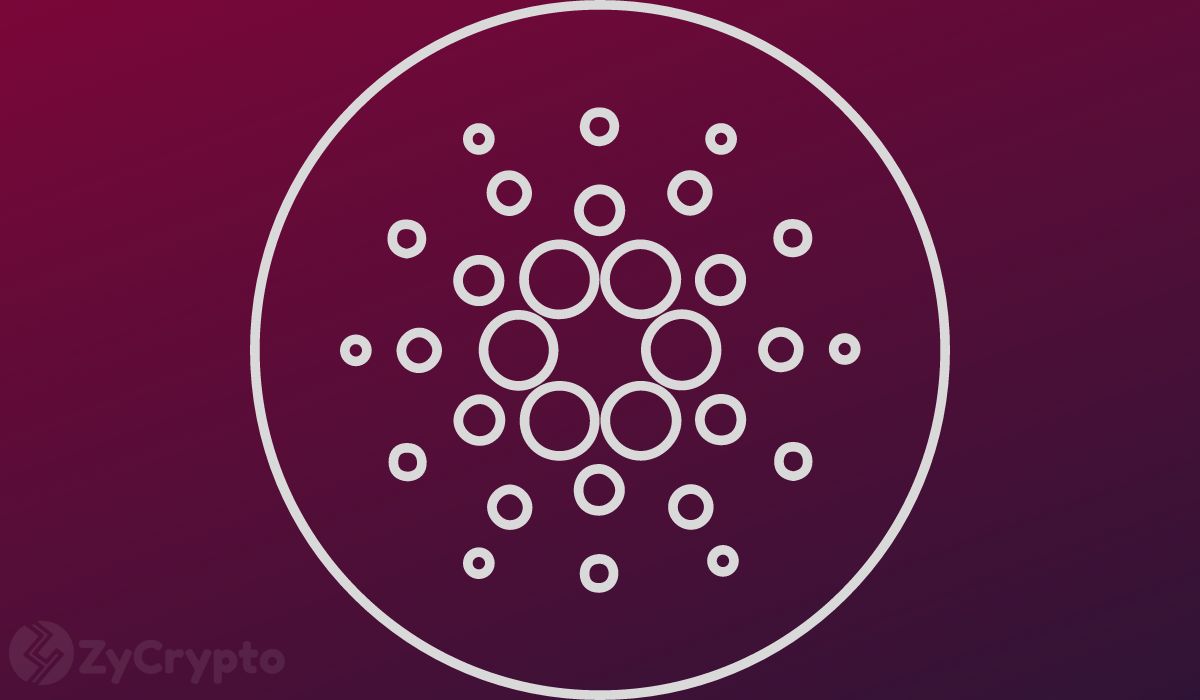Spectral, an inference economy for Web3, announced today its participation in Hugging Face’s Expert Support Program, joining others in advanced open-source models, applications for the Onchain Agent Economy, and datasets.
The Expert Support Program by Hugging Face was created to help clients with various challenges by providing them with the resources and expertise needed to keep their projects successful. Hugging Face leverages powerful open-source models to build better AI in-house with its experts.
Since joining the program, Spectral has received significant support from the Hugging Face experts. Spectral has regularly met with the Hugging Face team to plan new use cases, develop training strategies, and strategize dataset construction.
This collaboration has been integral to Syntax, an LLM enabling Web3 users to build Autonomous Agents and Deploy Onchain products. Syntax was launched earlier this year and is composed of a fine-tuned LLM orchestrator that routes queries between several tools, taking natural language and converting it into Solidity code. These tools include an open-source model, search, and Foundry to generate Solidity code.
Notably, through Hugging Face expertise, Spectral has refined its processes, including the dataset, preparation, evaluation process, routing, and training. Having impartial feedback and regular discussion has been crucial for refining strategies and achieving better results in both the fine-tuning and evaluation stages.
Syntax is leading the accessible on-chain Agent Economy. Syntax invites users to select agents tailored to their specific tasks. Note that through Syntax, users can either opt for one of the specialized agents or interact with the foundational agent to generate solidity code. For instance, Spectral recently launched Syntax MoonMaker, an agent created to launch Memcoin projects end to end.
In addition, Spectral has been relying on Hugging Face for inferences in production through the dedicated inference Endpoints. Having a fully managed infrastructure allows Spectral to quickly iterate on new models and hardware configuration, autoscale with demand, maintain an effective cost of production, and easily update containers.
Over the coming months, Spectral will reportedly continue to open-source their work with on-chain datasets and models that interact on-chain through Hugging Face. In line with the collaboration, Spectral will foster engagements that focus specifically on users that power the AI community. Mainly top individuals and small organizations that contribute to Hugging Face.



